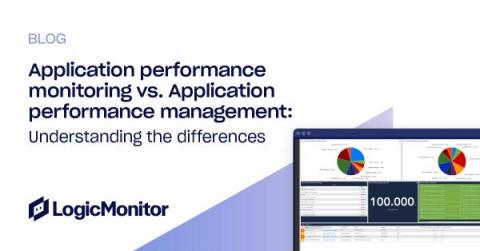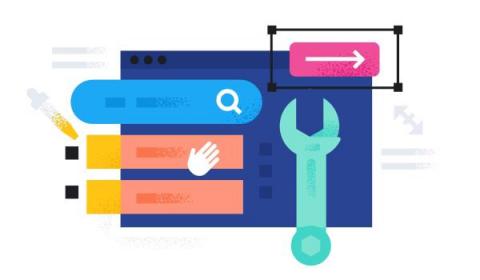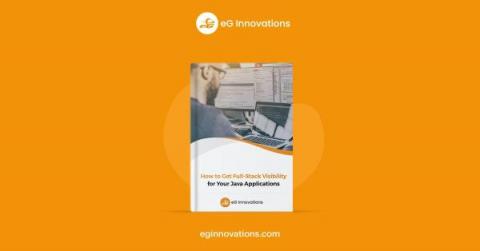Operations | Monitoring | ITSM | DevOps | Cloud
Latest News
Application Performance Monitoring vs Application Performance Management: Understanding the Differences
Understanding APM: How to add extensions to the OpenTelemetry Java Agent
As an SRE, have you ever had a situation where you were working on an application that was written with non-standard frameworks, or you wanted to get some interesting business data from an application (number of orders processed for example) but you didn’t have access to the source code?
Full-stack observability starts with APM and AppDynamics
How AppDynamics APM, Cloud Native Application Observability and the Cisco FSO Platform can provide a full-stack, holistic view of application performance, user experience, security posture and business impact. Recently, a customer asked me how Cisco’s investment in full-stack observability benefits traditional AppDynamics customers. To answer, first, let’s take a moment to discuss how Cisco AppDynamics fits into Cisco Full-Stack Observability.
How to Get Full-Stack Visibility for Your Java Applications - A Comprehensive Guide
Just a quick blog to let you know our new whitepaper “How to Get Full-Stack Visibility for Your Java Applications” is now available, download it here: How to Get Full-Stack Visibility for Your Java Applications | White Paper (eginnovations.com).
10 Key Application Performance Metrics & How to Measure Them
If you are trying to figure out how to measure the performance of your application, you are in the correct place. We spend a lot of time at Stackify thinking about application performance, especially about how to monitor and improve it. In this article, we cover some of our most important application performance metrics you should be tracking.
The key to secure transmission: TLS in the Raygun ecosystem
Thin Clients and their Role in End User Computing (EUC)
A thin client is a simplified device that relies on a separate server (usually located remotely or in the cloud) to run programs and complete user tasks. It connects to the server through a remote network connection with very little computing happening on an individual user’s device. Because most of the computation occurs and data is stored on the server, thin clients are regarded as a secure efficient option.
How to combine OpenTelemetry instrumentation with Elastic APM Agent features
Elastic APM supports OpenTelemetry on multiple levels. One easy-to understand scenario, which we previously blogged about, is the direct OpenTelemetry Protocol (OTLP) support in APM Server. This means that you can connect any OpenTelemetry agent to an Elastic APM Server and the APM Server will happily take that data, ingest it into Elasticsearch®, and you can view that OpenTelemetry data in the APM app in Kibana®.











